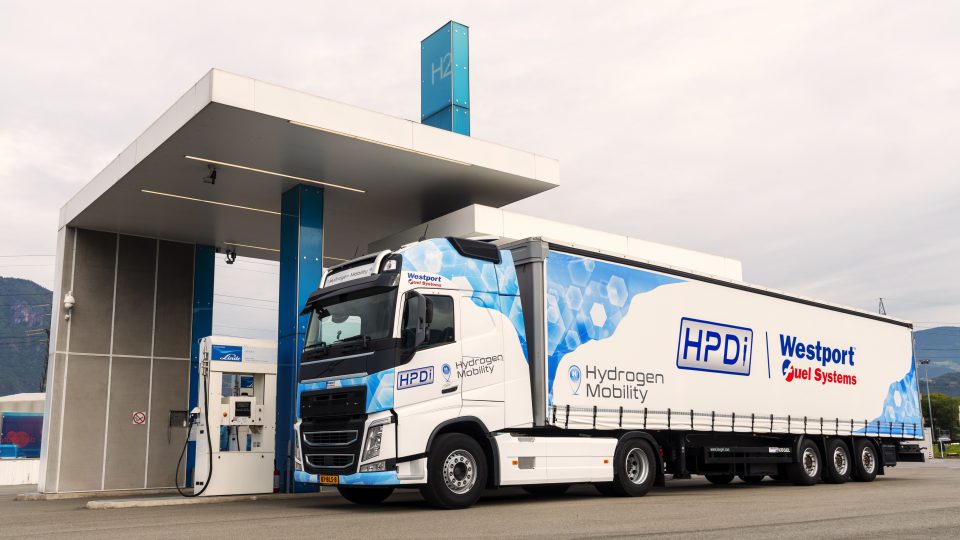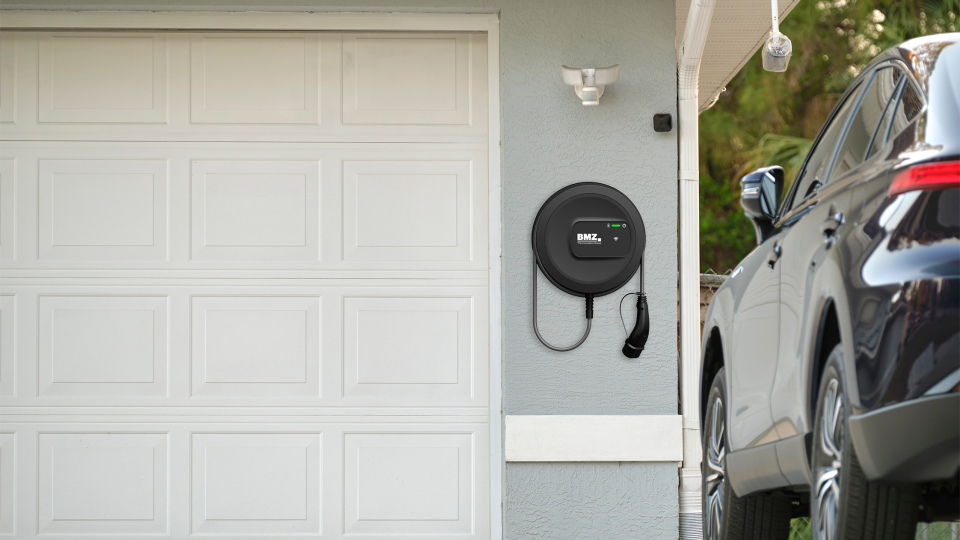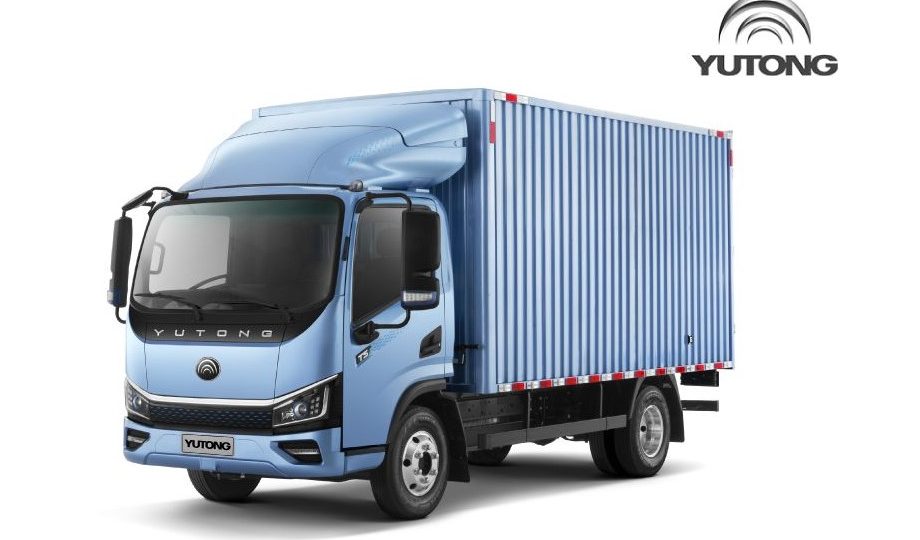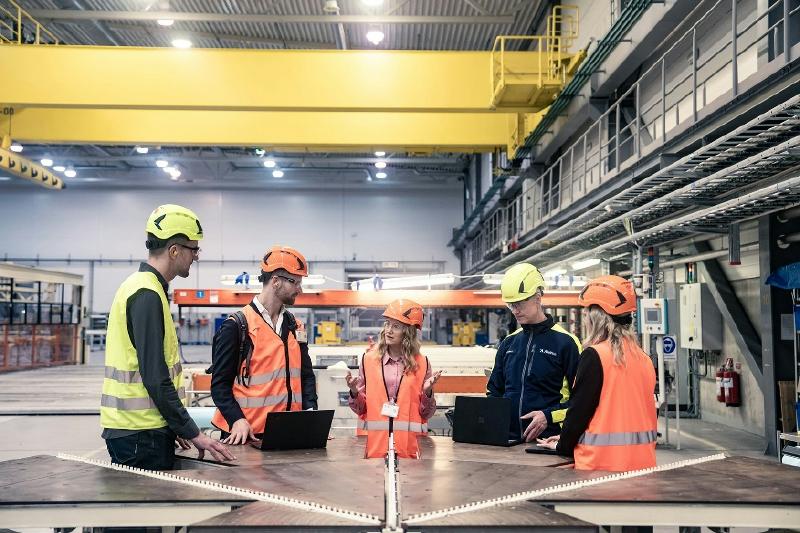GGNL and Atena: digital innovation at Seatec 2019
At the Seatec of this year a topic that has certainly brought up the discussion was that of maritime digital innovation. By now, a certain digital presence is increasingly widespread and in demand, for the purpose of ever greater efficiency for each type of end user. In particular, in Marina di Carrara (Italy), Gestione Governativa […]
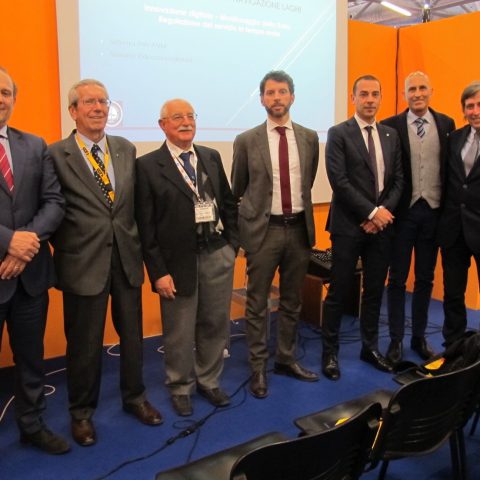
At the Seatec of this year a topic that has certainly brought up the discussion was that of maritime digital innovation. By now, a certain digital presence is increasingly widespread and in demand, for the purpose of ever greater efficiency for each type of end user. In particular, in Marina di Carrara (Italy), Gestione Governativa Navigazione Laghi (GGNL) (government management of lakes navigation) and Atena (together with Ascomac) wanted to present their point of view on the matter. Below are the highlights of the two interventions.
A “PRO EMISSIONS REDUCTION” SEATEC
AVL and AVM systems
The opening speech of the GGNL concerned the AVL systems, an acronym that stands for Automatic Vehicle Localization. A rather relevant system that brings with it some significant benefits. The AVL system allows you to: constantly know the position of the vehicles; detect discrepancies, delays or advances on travel plans; report emergencies and traffic blockages to vehicles in the area; plan trips based on delays, advances, emergencies; notify users and/or clients of delays on scheduled activities; verify compliance with the travel and parking tables; identify the closest transportation to a given area; to analyze statistically the trend of the movement of vehicles. All qualities that are difficult to do without now.
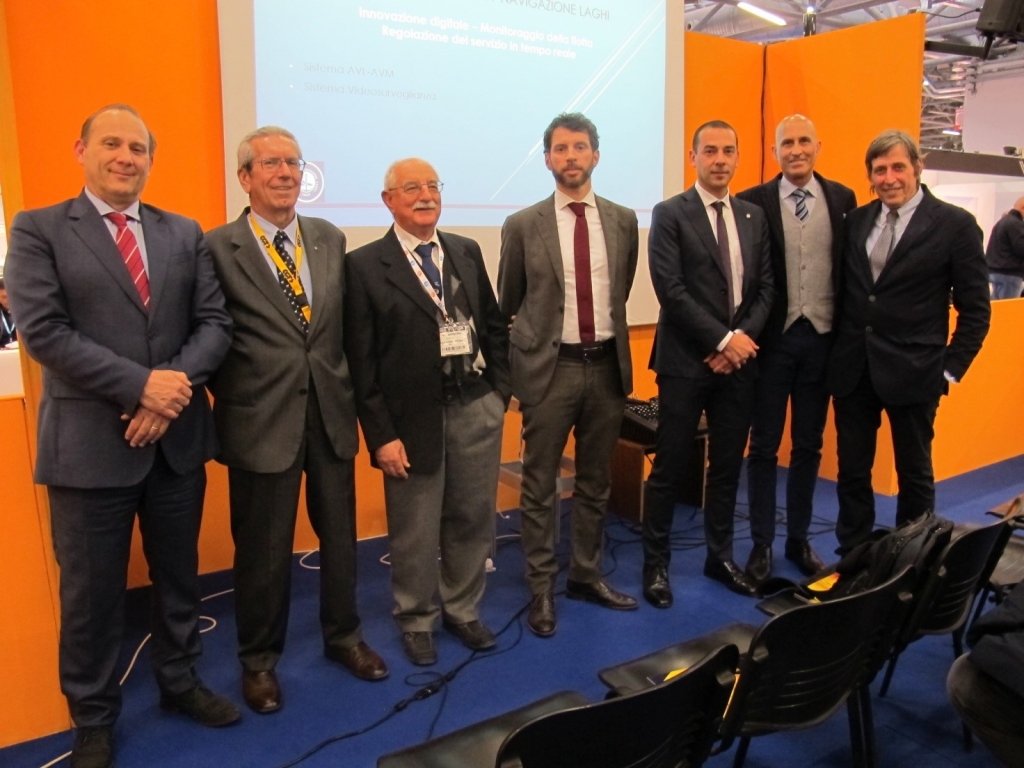
Attention then shifted towards the AVM systems, that is Automatic Vehicle Monitoring. An apparently similar call, but which intervenes on a very specific series of different activities. Activities such as: knowing technical operating parameters (fuel level, oil level, etc.); to know parameters and physical states on board (salt temperature, cold room temperature, etc.); know the dynamic state of the vehicles (stop/in motion, speed, acceleration, etc.); detect anomalies of the controlled parameters, signal them through alarms and communicate them to the driver of the vehicle; receive emergency signals on board, sent by the commander or by automatic detection systems to the reference operational center; view and record real-time video camera recordings in case of emergencies.
A demonstration of how increasingly popular are issues such as security, user interface and fleet management and monitoring, all in digital. Requirements to which these types of systems aim to asnwer.
Digital integration of on-board systems
Similarly, but with a slightly different focus was the speech presented by Atena and Ascomac. In particular, Sandro Stefanini, teacher of naval automation systems for the Genoa Faimm, wanted to emphasize which are the main drivers of naval digitization and therefore the creation of a “smart ship”. In particular: safety, technology, risk, sustainability and cost. Essential factors to develop a smart ship that can offer services such as constant monitoring, both locally and remotely, of on-board conditions and operations, up to reaching a complete autonomous system capable of self-management.
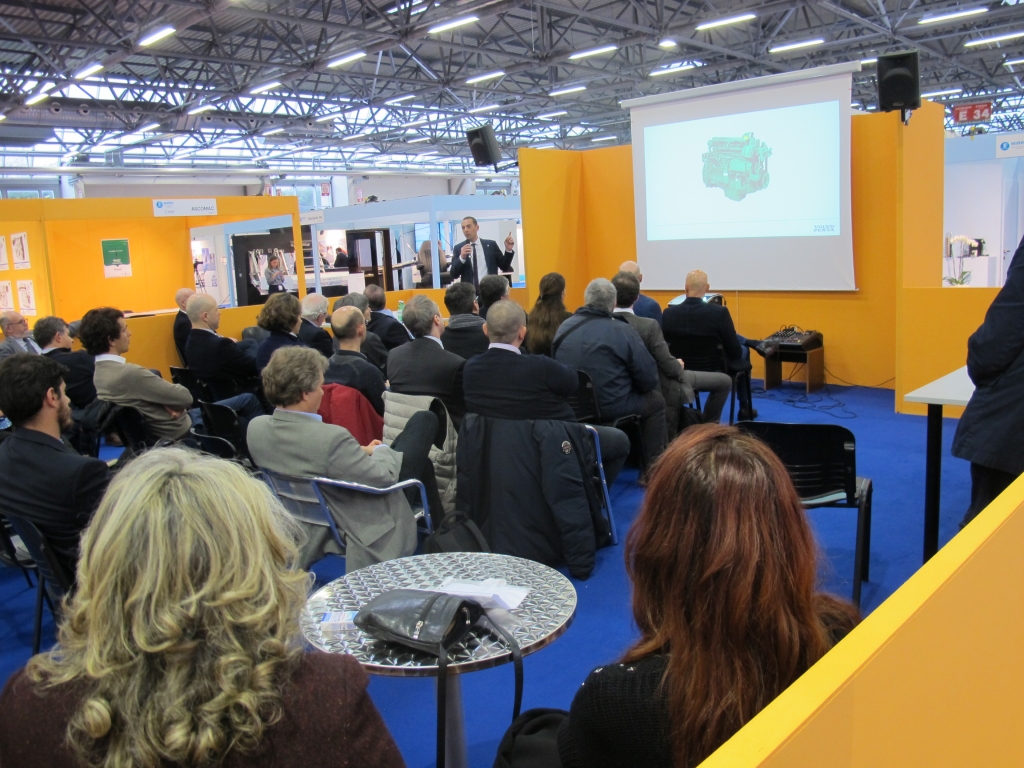
Some new technologies in this sense are already around. Some examples emerged during the conference. Lidar (Laser Imaging Detection and Ranging): radar with laser technology with the ability to distinguish ships of different sizes. 5G technology to determine the position of the ship (data and voice communication). OneNET: new standard for networking on-board devices. To cover increasingly basic functions such as: unattended automatic docking systems. Anti-collision systems based on Augmented Reality cameras capable of displaying and tracking even small targets and remote diagnostics.
«Modern ships are more and more “containers of advanced technologies” that require an integrated approach to operations. The role of the officers is increasingly shifting from that of “operator” to that of “resource manager” who must be able to analyze and evaluate large amounts of data to ensure safe and efficient conduct of the ship. This is particularly important in the event of failure of the automatic control system and, therefore, of the Officer’s ability to bring the ship back to port».



